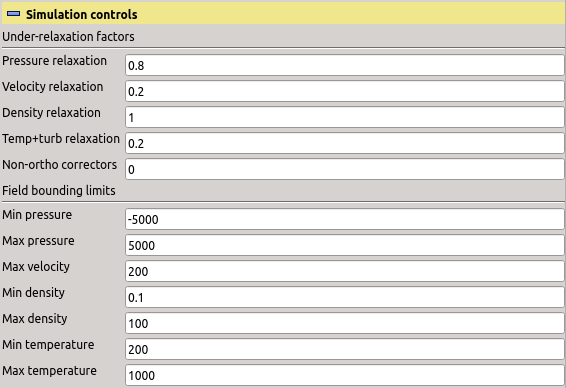Previous: File blockMeshDict Up: Using blockMesh generator Next: Test case setup
This is an automatically generated documentation by LaTeX2HTML utility. In case of any issue, please, contact us at info@cfdsupport.com.
Running blockMesh
- Each application has its help:
# blockMesh -helpUsage: blockMesh [OPTIONS] options: -blockTopology write block edges and centres as .obj files -case <dir> specify alternate case directory, default is the cwd -dict <file> specify alternative dictionary for the blockMesh description -noClean keep the existing files in the polyMesh -noFunctionObjects do not execute functionObjects -region <name> specify alternative mesh region -srcDoc display source code in browser -doc display application documentation in browser -help print the usage Block description For a given block, the correspondence between the ordering of vertex labels and face labels is shown below. For vertex numbering in the sequence 0 to 7 (block, centre): faces 0 (f0) and 1 are left and right, respectively; faces 2 and 3 are bottom and top; and faces 4 and 5 are front the back: 4 ---- 5 f3 |\ |\ f5 | | 7 ---- 6 \ | 0 |--- 1 | \ | \| \| f4 f2 3 ---- 2 f0 ----- f1 Using: OpenFOAM-dev (see www.OpenFOAM.org) Build: dev-e2ccbbbb - Parameter -help displays options of each application
- Run blockMesh application in test case directory:
# cd $FOAM_RUN /cavity
# blockMesh - Application checkMesh displays important information about the generated mesh:
# checkMesh






![Node47 25 [*]](https://www.cfdsupport.com/wp-content/uploads/2022/02/crossref.png)
